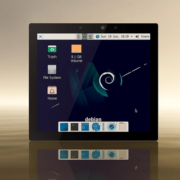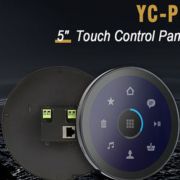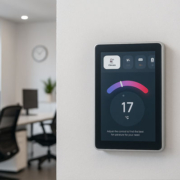What Is a Smart Home Control System?
A smart home control system is a centralized platform that enables users to manage, monitor, and automate various devices and systems in their home—such as lighting, climate, security, and entertainment—from a single interface. This system brings together different technologies under one unified command, making daily living more convenient, efficient, and secure.
Key Components of a Smart Home Control System
-
Control Panel or App Interface
The control center can be a wall-mounted touchscreen panel, a smartphone app, a tablet, or even voice commands via virtual assistants like Amazon Alexa, Google Assistant, or Apple Siri. It allows users to view and interact with all connected devices from one place. -
Connected Devices
These include smart lighting, thermostats, locks, surveillance cameras, motion sensors, appliances, audio systems, and more. Each device can operate individually but also work together in automations or routines. -
Communication Protocols
Smart home control systems rely on communication standards like Wi-Fi, Zigbee, Z-Wave, Bluetooth, Thread, and Matter to connect devices and send commands seamlessly. -
Automation Engine
This allows users to create custom scenarios such as:
- Turning off all lights and locking doors when you leave.
- Adjusting the thermostat and drawing curtains automatically when the sun sets.
- Triggering alarms and notifying your phone if unexpected motion is detected.
Benefits of a Smart Home Control System
- Convenience
Control all devices from one place instead of juggling multiple apps or remotes. - Energy Efficiency
Automatically turn off devices when not in use and optimize lighting and HVAC systems to save energy. - Security
Remotely monitor your home, receive alerts, and control access through smart locks and cameras. - Customization
Adapt the system to your lifestyle—set schedules, preferences, and unique routines for different users or rooms. - Accessibility
Voice commands and mobile apps make it easier for people of all ages or those with disabilities to interact with their home environment.
Common Use Cases
- Smart Lighting: Turn on/off lights with your voice or app; set mood lighting for different activities.
- Climate Control: Set specific room temperatures or activate eco modes when you’re away.
- Security Monitoring: Get real-time alerts, video footage, and door sensor status directly on your phone.
- Entertainment Systems: Use one control to manage speakers, TVs, streaming apps, and gaming systems.
Future of Smart Home Control
As technology advances, smart home control systems are becoming more intelligent and interoperable. With the adoption of Matter—a universal standard backed by major tech companies—compatibility between brands and devices will greatly improve, making systems more reliable and user-friendly.







